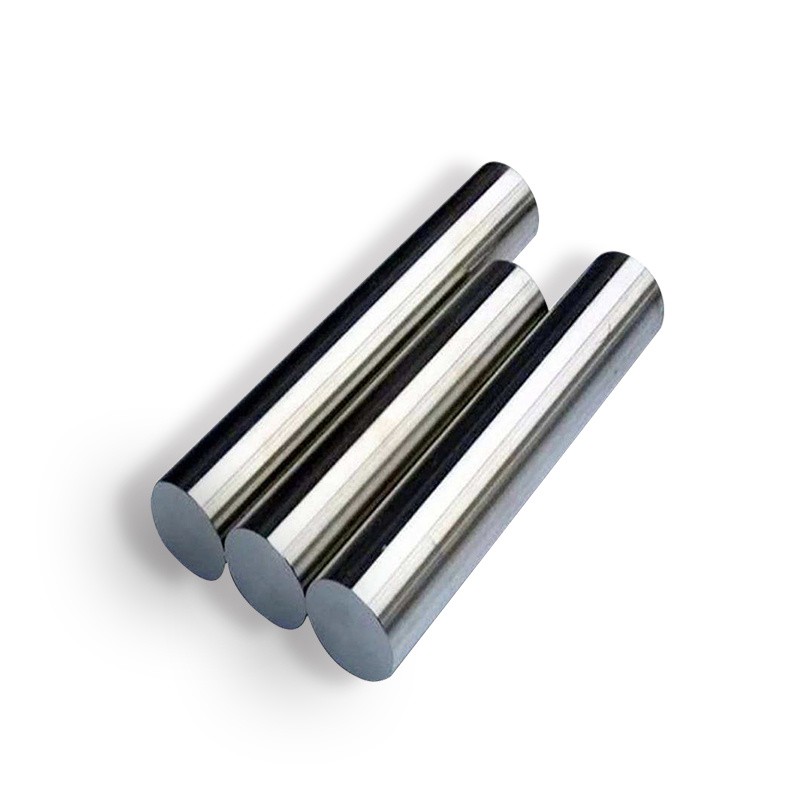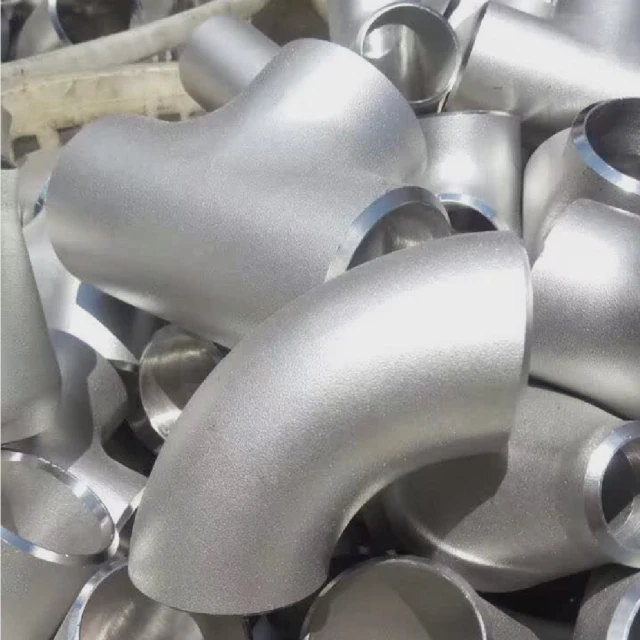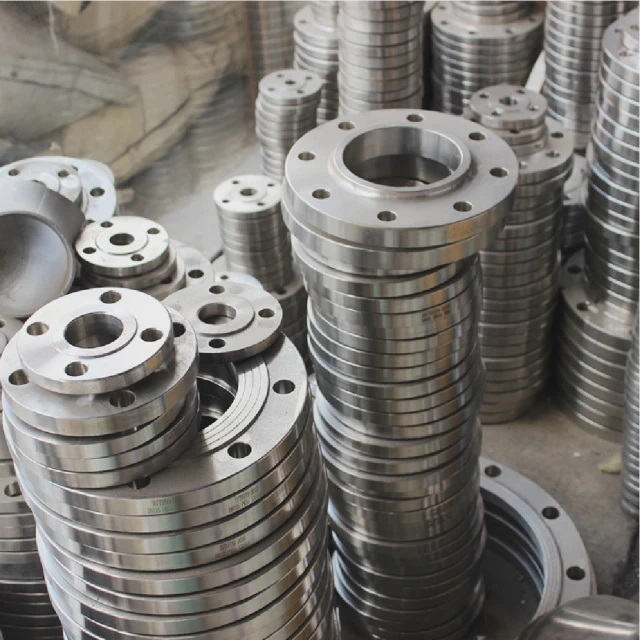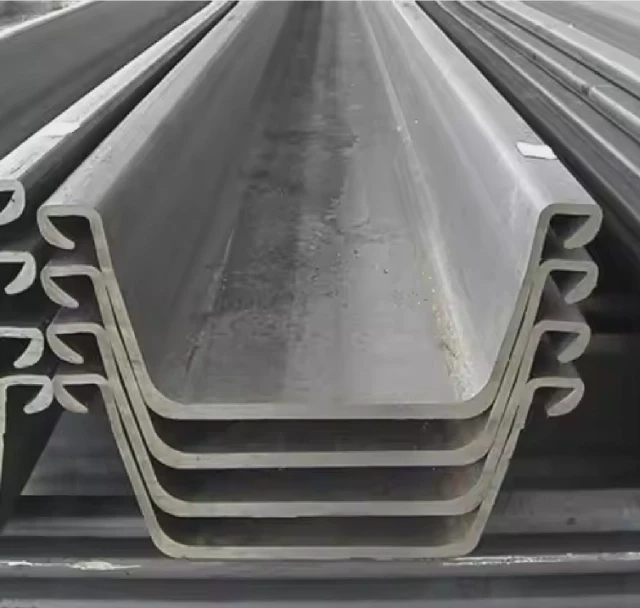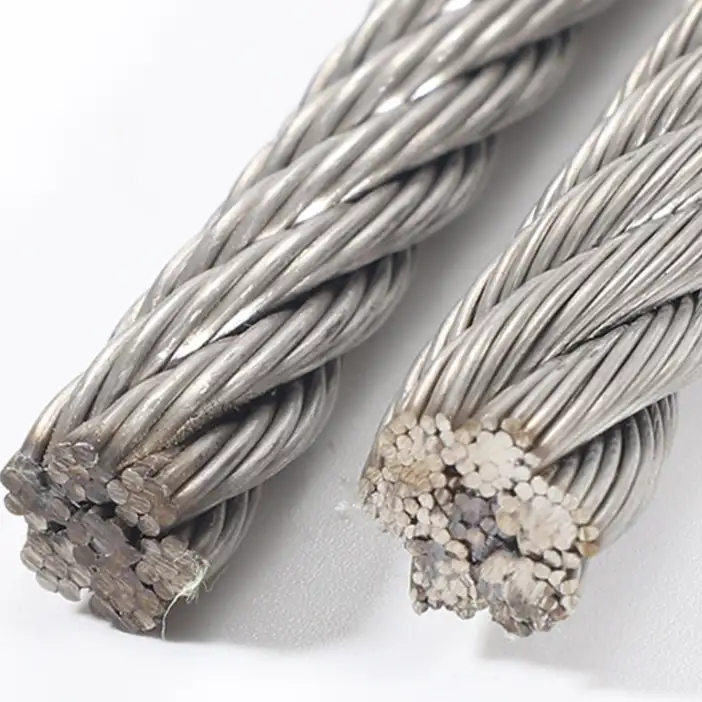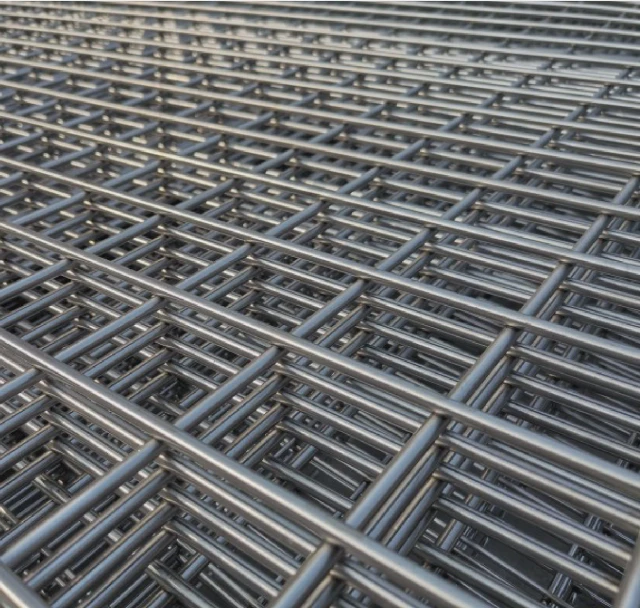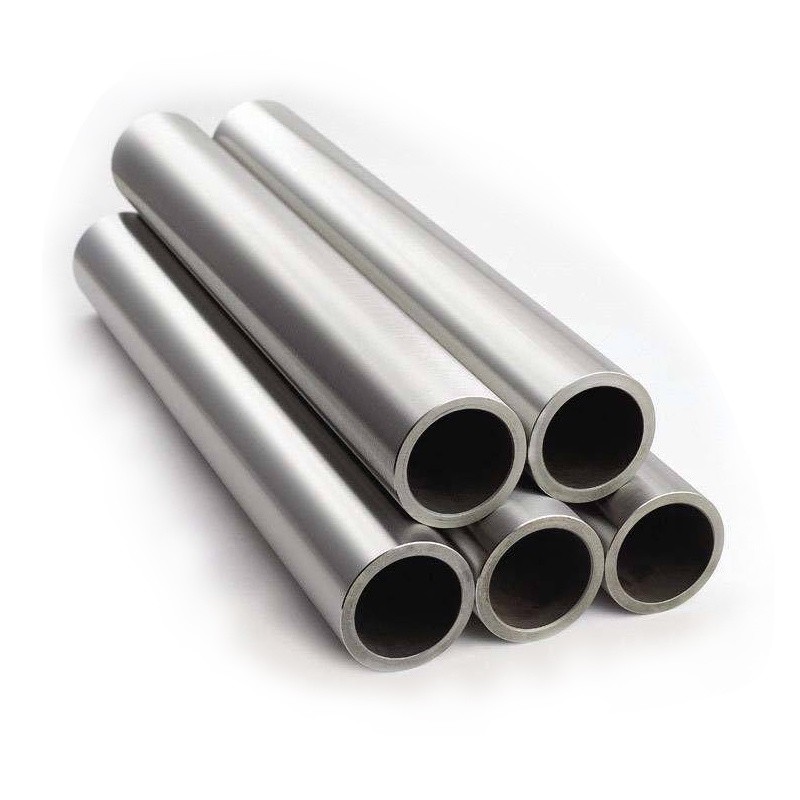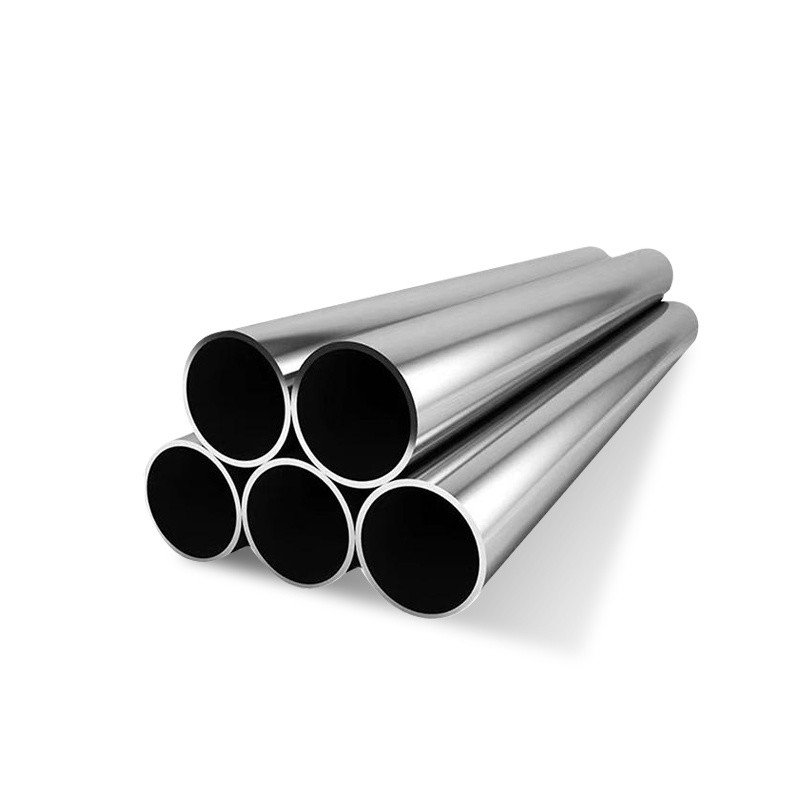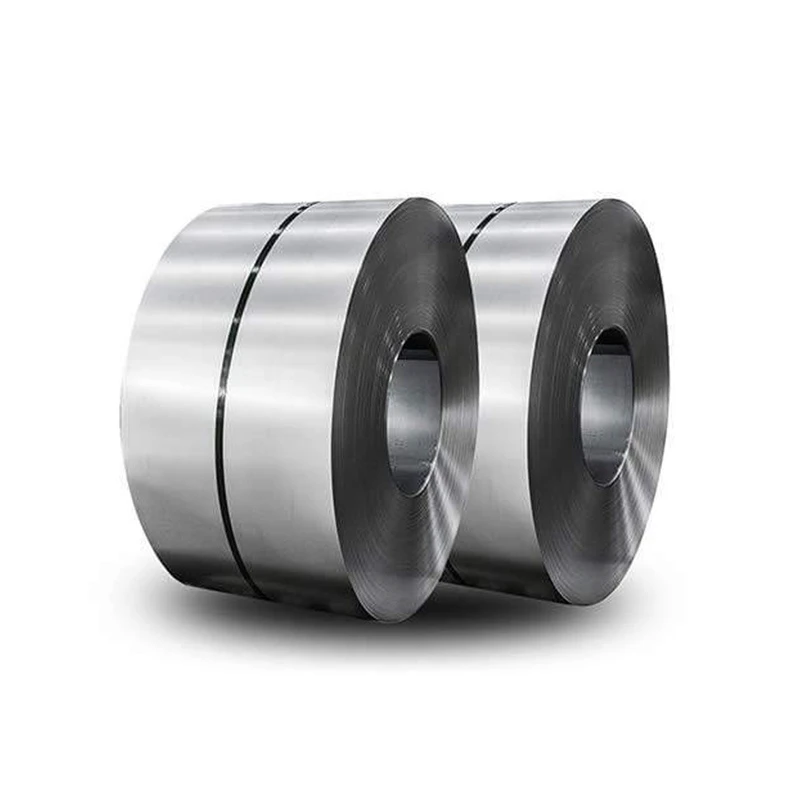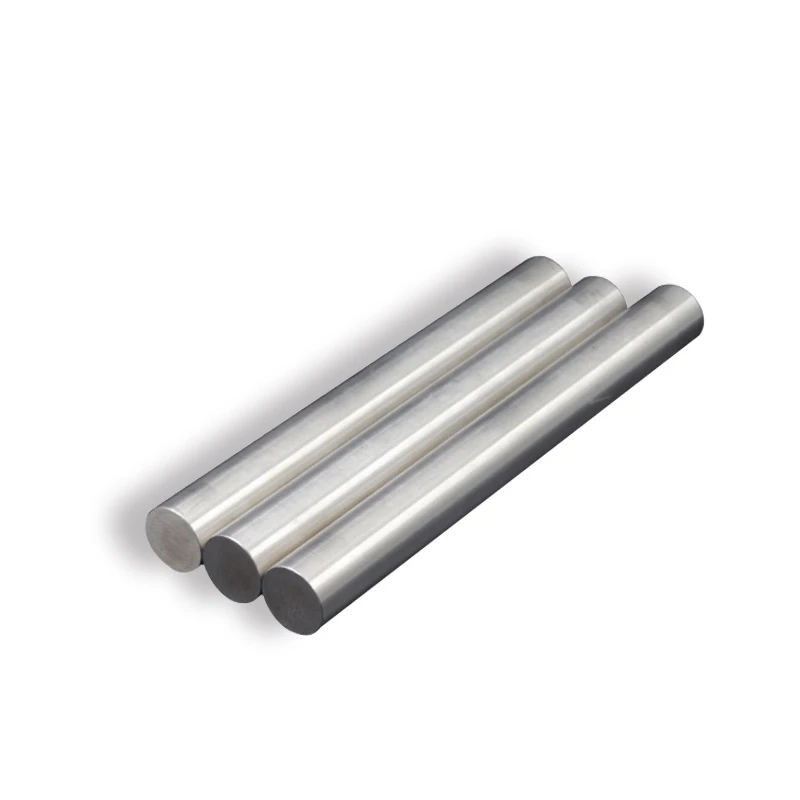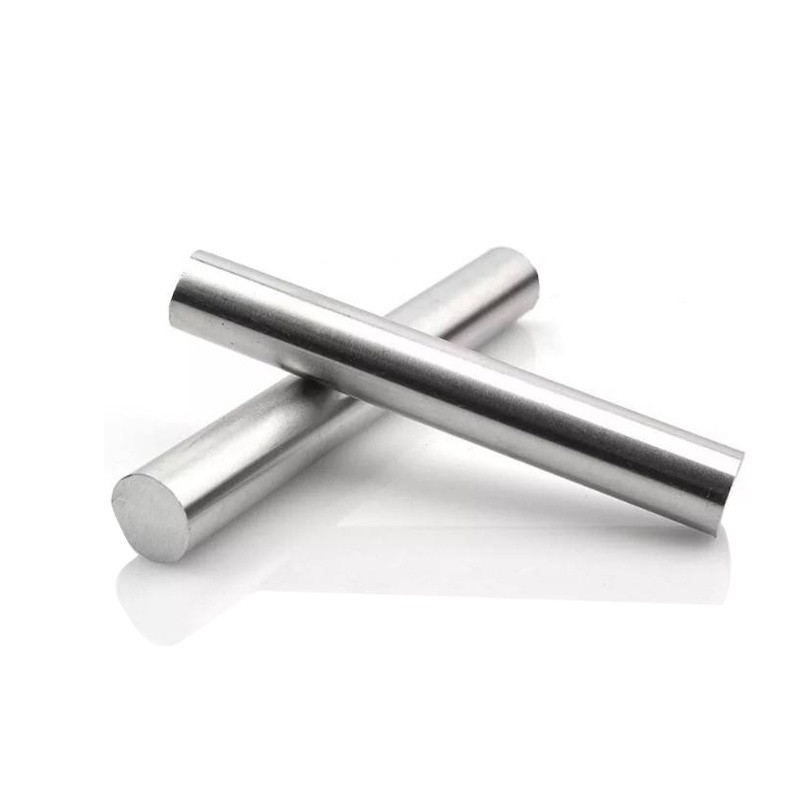
CATEGORIES
FEATURED PRODUCTS
310S Stainless Steel Bar
We offer this product and related grades with 100% factory direct pricing and free quotes available within 24 hours.
APPLICATION SCENARIOS

OUR ADVANTAGE

Certificate of Honor

PARTNER

Our Factory

At Luokaiwei, we specialize in delivering superior 310S stainless steel bar—a premier austenitic alloy engineered for exceptional performance in challenging high-temperature environments. We understand the critical demand for materials that not only endure but thrive under extreme heat and corrosive conditions. That’s why our 310S stainless steel bars are meticulously manufactured to meet the most stringent industry standards, ensuring unparalleled reliability and longevity for your critical applications. This distinguished alloy, a lower carbon variant of 310, is strategically designed to minimize carbide precipitation during welding, making it particularly adept for welded constructions exposed to continuous service temperatures up to 1150°C (2100°F).
Understanding Its Microstructure
From a metallurgical perspective, 310S is a face-centered cubic (FCC) austenitic structure. This inherent structure is stable across a broad range of temperatures, which is why it retains its mechanical properties even when pushed to the limits. We've seen firsthand how this stability prevents the brittle sigma phase formation that can plague other alloys under prolonged high-temperature exposure. Moreover, the inherent ductility of its austenitic structure allows for excellent formability, a crucial factor for complex fabrication tasks. Think about the intricate components often required in furnace parts or heat exchangers—our 310S bars provide the malleability needed without compromising their ultimate strength.
Key Performance Attributes
When we talk about the advantages of 310S, several attributes immediately come to mind:
-
Exceptional Oxidation Resistance: This is paramount. The high chromium content forms a stable, tenacious passive layer that protects the base metal from scaling and degradation at extreme temperatures. We've noted its remarkable resistance to scaling in air up to 1100°C (2012°F) for continuous service.
-
Superior High-Temperature Strength: Unlike some alloys that significantly lose strength as temperatures rise, 310S maintains a commendable level of mechanical integrity. Its nickel content contributes significantly to its creep strength, allowing it to withstand sustained loads without deforming under thermal stress.
-
Good Corrosion Resistance: While primarily known for its high-temperature performance, 310S also offers solid resistance to various corrosive media, particularly in oxidizing environments. This makes it a versatile choice for applications where both heat and chemical exposure are concerns.
-
Excellent Weldability: The "S" in 310S signifies its low carbon content, a deliberate design choice that enhances its weldability. We consistently advise our clients that this grade minimizes the risk of sensitization, which means less intergranular corrosion in the heat-affected zone after welding. This is a significant advantage, reducing post-weld treatment requirements and improving overall joint integrity.
Comprehensive Specifications and Parameters
We meticulously ensure that our 310S stainless steel bars conform to the most demanding international standards, guaranteeing their quality and suitability for a wide array of industrial applications. Here’s a detailed breakdown of the specifications and typical parameters you can expect from our products:
Chemical Composition (%)
| Element | Minimum (%) | Maximum (%) |
| Carbon (C) | — | 0.08 |
| Manganese (Mn) | — | 2.00 |
| Silicon (Si) | — | 1.50 |
| Phosphorus (P) | — | 0.045 |
| Sulfur (S) | — | 0.030 |
| Chromium (Cr) | 24.00 | 26.00 |
| Nickel (Ni) | 19.00 | 22.00 |
| Molybdenum (Mo) | — | — |
| Copper (Cu) | — | — |
| Iron (Fe) | Balance | Balance |
Mechanical Properties (Typical Room Temperature)
| Property | Imperial Value | Metric Value | Standards |
| Tensile Strength (UTS) | 75 ksi | 515 MPa | ASTM A276 |
| Yield Strength (0.2% Offset) | 30 ksi | 205 MPa | ASTM A276 |
| Elongation in 2" | 40% | 40% | ASTM A276 |
| Hardness (Brinell) | 192 HB max | 192 HB max | ASTM A276 |
Physical Properties
| Property | Imperial Value | Metric Value |
| Density | 0.285 lb/in³ | 7.85 g/cm³ |
| Melting Range | 2470-2550°F | 1354-1399°C |
| Thermal Conductivity (at 100°C) | 9.0 BTU/(hr·ft·°F) | 15.6 W/(m·K) |
| Coefficient of Thermal Expansion (0-100°C) | 9.0 x 10⁻⁶ /°F | 16.2 x 10⁻⁶ /°C |
| Electrical Resistivity | 30.7 micro-ohm·inch | 78 micro-ohm·cm |
| Modulus of Elasticity | 28.5 x 10⁶ psi | 196 GPa |
Available Forms and Dimensions
Our 310S stainless steel bars are available in a variety of forms to meet diverse application requirements:
- Round Bar: Diameters ranging from 0.125 inches (3.175 mm) to 12 inches (304.8 mm).
- Flat Bar: Thicknesses from 0.125 inches (3.175 mm) to 3 inches (76.2 mm) and widths up to 12 inches (304.8 mm).
- Square Bar: Sizes from 0.25 inches (6.35 mm) to 6 inches (152.4 mm).
- Hex Bar: Sizes from 0.125 inches (3.175 mm) to 4 inches (101.6 mm).
We also offer custom cutting and finishing services to provide the precise dimensions and surface finishes your project demands.
Applications and Industry Relevance
Where does 310S truly shine? We’ve seen it perform exceptionally in some of the most demanding industrial settings. Its unparalleled resistance to high-temperature oxidation and its remarkable strength at elevated temperatures make it indispensable for certain applications. From our perspective, industries that consistently battle extreme heat and corrosive atmospheres are the primary beneficiaries of this alloy.
Consider, for example, furnace components. Whether it's muffles, retorts, burners, or radiant tubes, these elements are constantly exposed to intense heat cycles. The stability and oxidation resistance of 310S ensure these components last longer, reducing downtime and maintenance costs. We've supplied 310S bars for numerous projects involving heat treatment equipment, and the feedback consistently highlights its reliability. Similarly, in the petrochemical industry, specifically in catalytic converters and recuperators, the demands for thermal stability are immense. The ability of 310S to maintain its structural integrity under such conditions is a game-changer for efficiency and safety.
Furthermore, power generation facilities, especially in steam boilers and coal gasifiers, rely heavily on materials that can withstand aggressive, high-temperature combustion environments. 310S, with its robust properties, offers a reliable solution for boiler hangers, tube supports, and other critical structural elements. In the food processing sector, particularly for high-temperature ovens and processing equipment, its combined heat and corrosion resistance ensures hygienic and durable operations. We often hear from clients how the long-term performance of 310S in these environments provides significant operational advantages.
Comparing 310S with Related Alloys
We often get questions about how 310S stacks up against similar high-temperature alloys. While several stainless steel grades offer good heat resistance, 310S holds a distinct advantage in specific scenarios. Let’s look at a quick comparison with some other common austenitic stainless steels:
| Feature/Grade | 310S Stainless Steel | 304 Stainless Steel | 316 Stainless Steel | 309S Stainless Steel |
| Primary Advantage | Superior high-temperature oxidation resistance and strength | General-purpose, good corrosion resistance | Enhanced corrosion resistance (pitting/crevice) | Good high-temperature oxidation resistance, slightly lower than 310S |
| Maximum Service Temp (Continuous Air) | Up to 1150°C (2100°F) | Up to 870°C (1600°F) | Up to 870°C (1600°F) | Up to 1093°C (2000°F) |
| Nickel Content | 19-22% | 8-10.5% | 10-14% | 12-15% |
| Chromium Content | 24-26% | 18-20% | 16-18% | 22-24% |
| Carbon Content | Low (0.08% max) for weldability | Standard (0.08% max) | Standard (0.08% max) | Low (0.08% max) for weldability |
| Molybdenum | No | No | Yes (2-3%) | No |
| Cost | Higher | Lower | Moderate | Moderate to High |
| Typical Applications | Furnace parts, heat exchangers, kiln linings | Kitchen sinks, appliances, general fabrication | Marine environments, chemical processing, medical implants | Furnace parts, annealing boxes, boiler components (less aggressive than 310S) |
What immediately jumps out is the significantly higher chromium and nickel content in 310S compared to 304 and 316. This is the game-changer for high-temperature applications. While 304 and 316 are workhorses for general corrosion resistance, they simply cannot endure the extreme thermal loads that 310S routinely handles. Even 309S, a formidable high-temperature alloy itself, doesn’t quite match the upper service temperature limits of 310S. We often recommend 310S when the temperature demands are consistently at the upper end of the spectrum, offering that extra margin of safety and performance. The investment in 310S typically pays dividends through extended component life and reduced operational disruptions.
Fabrication and Machining Considerations
Working with 310S stainless steel bar requires a nuanced understanding of its properties, particularly when it comes to fabrication and machining. While it offers excellent weldability, its higher alloy content means it behaves somewhat differently than more common grades like 304. We consistently guide our clients through these considerations to ensure optimal results.
Welding
As an industry saying goes, "Weld it right, or you'll fight." The low carbon content of 310S is a significant advantage here. It means that during welding, the risk of carbide precipitation in the heat-affected zone (HAZ) is substantially reduced. This phenomenon, often called sensitization, can lead to intergranular corrosion in service. For 310S, this risk is minimal, allowing for robust and durable welds without extensive post-weld heat treatment in many cases. We typically recommend using 310S filler metals to maintain the integrity of the weld and ensure the joint's high-temperature properties match the base material. Shielded Metal Arc Welding (SMAW), Gas Tungsten Arc Welding (GTAW or TIG), and Gas Metal Arc Welding (GMAW or MIG) are all viable processes, with TIG being particularly preferred for critical applications due to its precise control and clean welds. Always ensure proper joint preparation and use appropriate shielding gases to prevent oxidation during welding.
Machining
Machining 310S stainless steel can be more challenging than lower alloy grades due to its high work-hardening rate and toughness. This material tends to generate more heat during cutting and can quickly wear out tooling if not approached correctly. We advise using sharp, robust tooling (e.g., carbide inserts) and employing slower speeds with higher feed rates to get under the work-hardened layer. Ample lubrication and coolant are absolutely critical to dissipate heat, lubricate the cut, and clear chips. Chip control can be an issue, so utilizing chip breakers and ensuring sufficient chip evacuation is vital. While it might take a bit more finesse, with the right parameters and tooling, 310S can be machined effectively to produce the precise components required for high-performance applications.
Quality Assurance and Certification
At [Your Company Name], we stake our reputation on the quality of our 310S stainless steel bars. We don't just supply material; we deliver confidence through rigorous quality assurance processes and comprehensive certifications. We understand that in demanding environments, there’s no room for compromise. Every batch of 310S stainless steel bar that leaves our facility undergoes a stringent series of tests to ensure it meets, or often exceeds, industry standards and your specific requirements.
Our commitment begins with material traceability, ensuring that from raw material sourcing to the final product, every step is documented. We adhere to international quality management systems, including ISO 9001, providing a framework for consistent quality. Each shipment comes with comprehensive Mill Test Reports (MTRs), which provide verifiable data on the chemical composition, mechanical properties, and compliance with relevant ASTM, ASME, EN, and other international standards. This transparency is crucial, as it allows our clients to verify the quality and authenticity of the material they receive. We believe that trust is built on verifiable data and consistent performance.
Frequently Asked Questions (FAQ)
1. What are the main differences between 310 and 310S stainless steel?
The primary difference lies in the carbon content. 310S is a lower carbon version of 310 (maximum 0.08% carbon for 310S vs. maximum 0.25% for 310). This lower carbon content in 310S significantly reduces the risk of carbide precipitation during welding, making it less susceptible to intergranular corrosion in the heat-affected zone. Therefore, 310S is generally preferred for applications involving welding where post-weld heat treatment isn't feasible or desired.
2. Is 310S stainless steel magnetic?
No, 310S stainless steel is typically non-magnetic in its annealed condition. As an austenitic stainless steel, it possesses a face-centered cubic crystal structure, which is inherently non-magnetic. However, slight magnetism can be induced in some cases if the material undergoes cold working or severe deformation, which can cause the formation of some martensite. But for most practical purposes, it is considered non-magnetic.
3. What is the maximum continuous service temperature for 310S stainless steel?
310S stainless steel can withstand continuous service temperatures up to approximately 1150°C (2100°F) in air, particularly in oxidizing conditions. Its high chromium and nickel content contribute to its excellent oxidation resistance and high-temperature strength, making it a preferred choice for applications operating in such extreme heat.
4. Can 310S stainless steel be heat treated for hardening?
No, 310S stainless steel cannot be hardened by heat treatment. Like other austenitic stainless steels, its strength is primarily derived from cold working. If you're looking for increased hardness or strength, mechanical deformation (like cold drawing) would be the method to achieve it, but it cannot be hardened through processes like quenching and tempering.
5. What are the common industry specifications for 310S stainless steel bars?
Common industry specifications for 310S stainless steel bars include ASTM A276 (Standard Specification for Stainless Steel Bars and Shapes), ASTM A479 (Standard Specification for Stainless Steel Bars and Shapes for Use in Boilers and Other Pressure Vessels), and ASME SA479. European standards such as EN 10088-3 also cover this material, typically under the grade 1.4845. We ensure our products meet or exceed these critical benchmarks.
6. How does 310S handle thermal cycling?
310S exhibits good resistance to thermal cycling due to its stable austenitic structure and high thermal fatigue strength. While extreme and rapid thermal cycling can eventually lead to fatigue, the inherent properties of 310S make it significantly more resilient to these conditions than many other alloys. Its ability to form a stable chromium oxide layer also helps protect the surface during temperature fluctuations.







